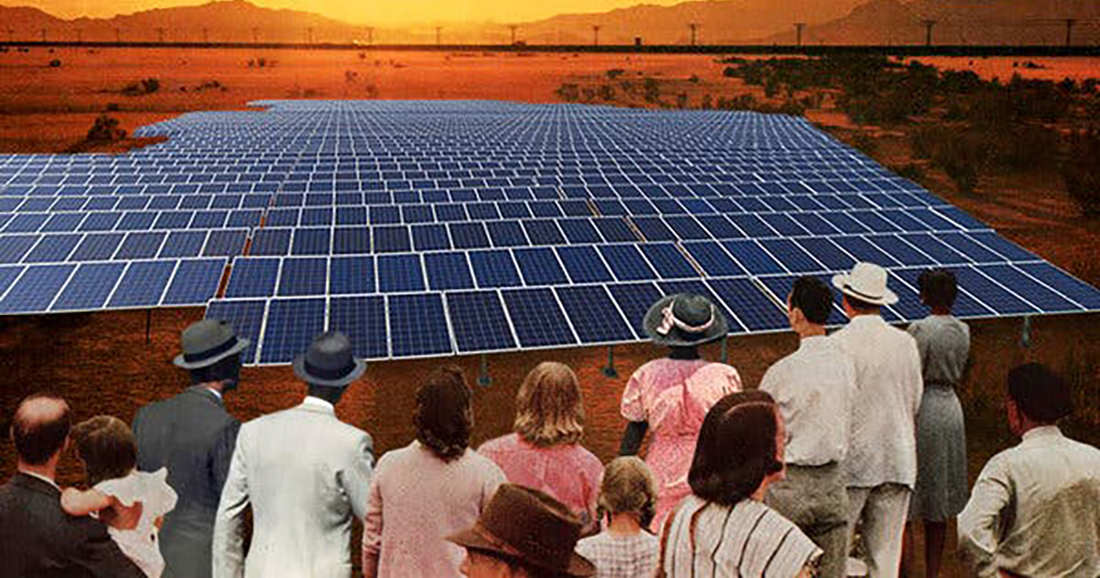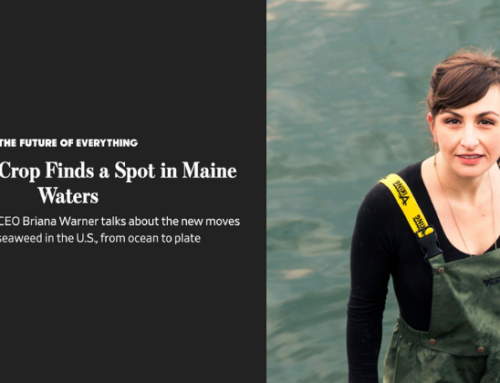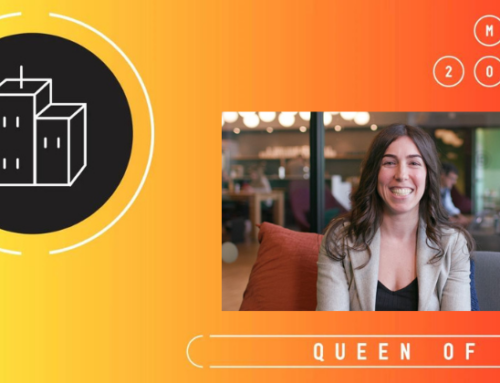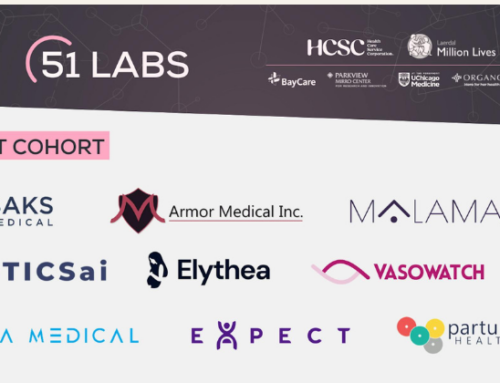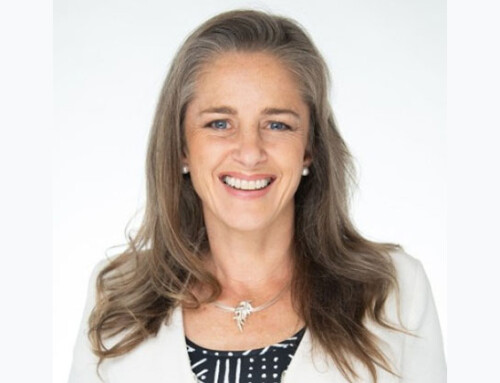“One thing you can do: Join a community solar project” is what this NY Times article suggests is one of the easiest ways to stem climate change if you’re one of the lucky few who has a solar farm in your region. CEO of Solstice, Steph Spiers, talks about advises examining the contract duration, cancellation fees and projected savings before signing up, if you happen upon a project with space.
By Susan Shain | Sept. 25, 2019
A couple of weeks ago, we talked about solar panels. They’re a great way to reduce your carbon footprint, but what if you can’t afford them? Or what if your landlord likes your building’s roof just the way it is? Between half and three-quarters of Americans, according to a report from Wood Mackenzie, can’t install solar panels for various reasons: They rent, their roof is shaded, or they can’t afford it.
If you can’t, or don’t want to, install solar panels, there are other options to support solar energy. One is to participate in a community solar project. Although there’s a wide range of program models, they all involve “buying into a bigger project and lowering your electric bill,” said Nathanael Greene, senior renewable energy advocate at the Natural Resources Defense Council.
In New York, many community solar projects are subscription based. You subscribe to a certain number of panels at a large array, or solar farm, near you. Those panels send power into the grid, and at the end of the month, you receive two bills: one from the solar farm, and one from your utility company. The bill from your utility includes a credit for the amount of electricity generated by your panels.
Most people see savings of about 10 percent to 15 percent on their electric bills, said Jeff Cramer, executive director of the Coalition for Community Solar Access. And, unlike with rooftop solar, there’s no upfront cost.
Sound too good to be true? The catch is that community solar is still in its infancy. While most states have at least one project online, only 19 states and the District of Columbia have enacted community solar legislation, and a smaller number have statewide programs up and running. In total, Mr. Cramer estimated that fewer than 10 percent of Americans have access to community solar.
The easiest way to see if you’re one of the lucky few is to search online for solar farms in your region, or find out if your state has a database like New York. If you happen upon a project with space, Steph Speirs, co-founder of community solar organization Solstice, advised examining the contract duration, cancellation fees and projected savings before signing up.
Or, if you’re a property owner or community organizer, you could try to start your own solar project, perhaps seeking help from nonprofit groups like Groundswell and GRID Alternatives.
“Finding ways to get the cleanest electricity is critical to fighting the climate crisis,” Mr. Greene said. “The money we spend on our electricity should try to move the whole system toward a cleaner mix.”
See original article here.

